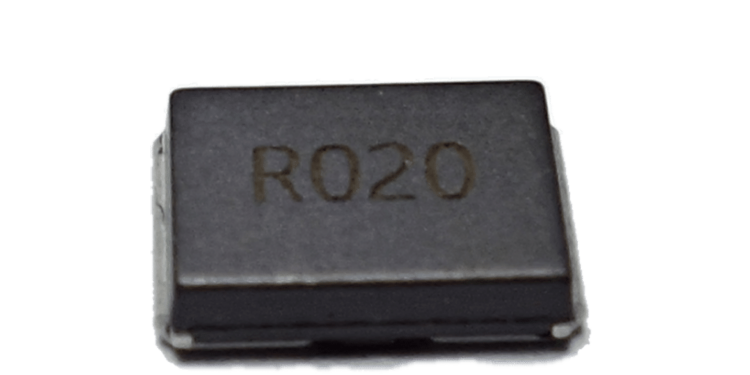source: Stackpole news
Stackpole’s new HCSM2818 is a 5W surface mount part with an all-metal element and molded construction.
The HCSM2818 is available in resistance values of 4, 5, 10, 15, and 20 milliohm in 1% and 5% tolerances. TCR is 200 ppm for the values below 10 milliohm and 75 ppm for values of 10 milliohm and above.With full power operation up to 100 degree C and operating temperature limit of 170 degree C, the HCSM is well-suited for high power current sensing which normally experiences significant self-heating. The large terminations provide a thermally efficient connection which helps reduce the convection and conduction cooling.
The HCSM2812 is 100% RoHS compliant, Halogen and lead free.
Pricing for the HCSM2818 is $0.38 each in full reel quantities. Contact Stackpole or one of our franchised distributor partners for volume pricing.






























